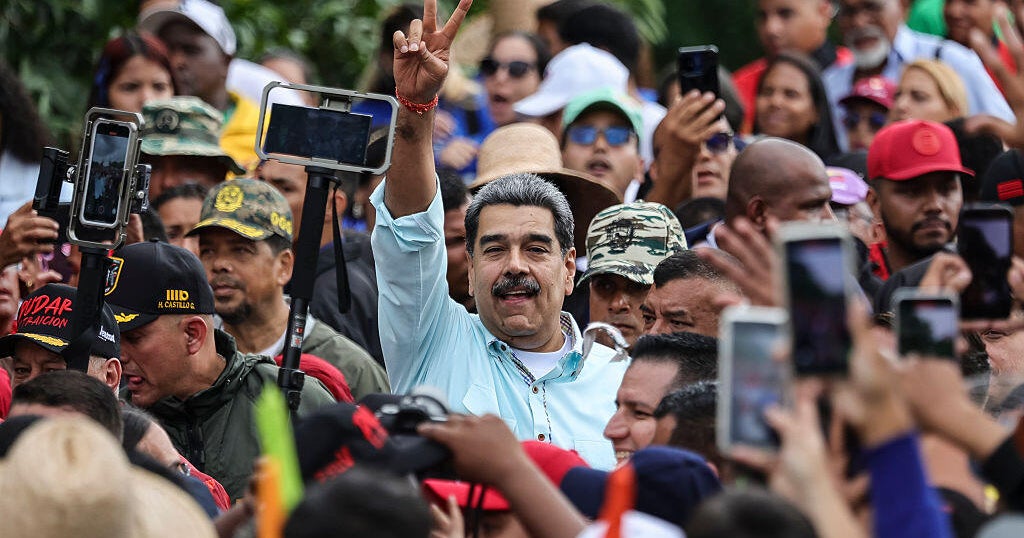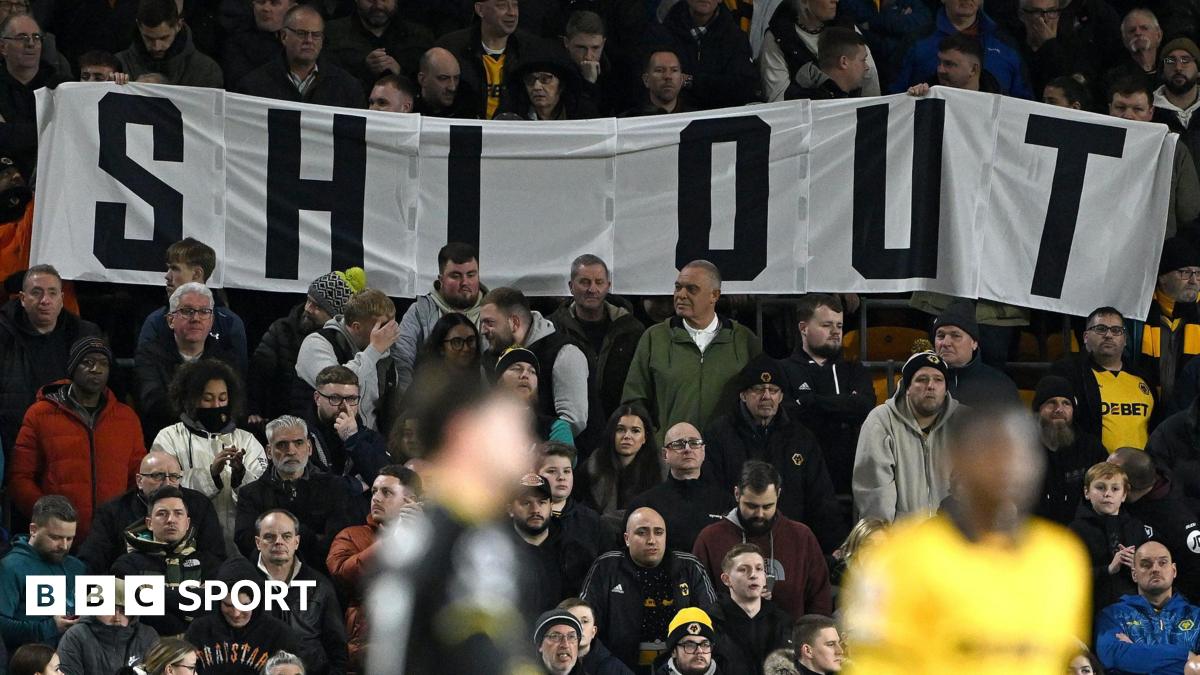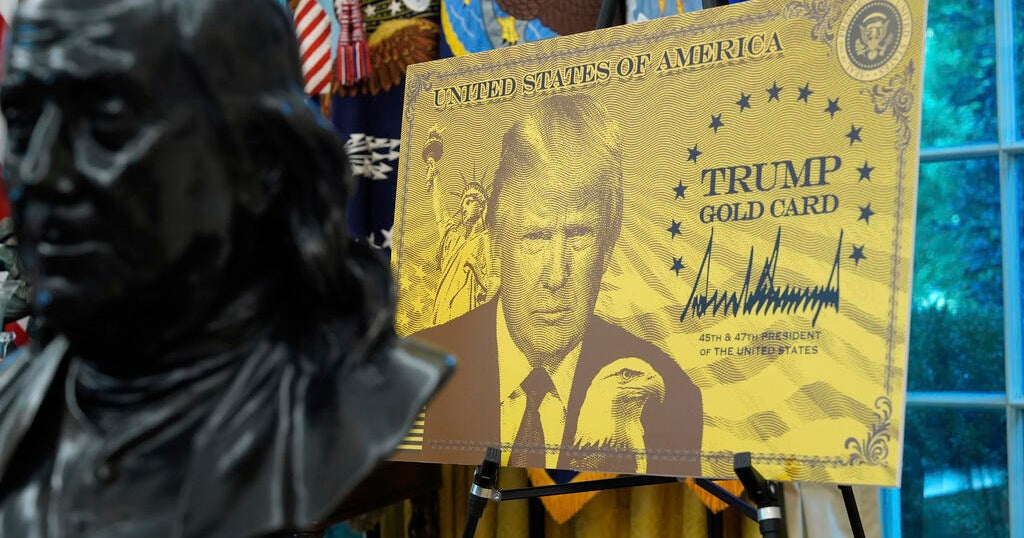Opinion
November 20, 2025 — 1.40pm
November 20, 2025 — 1.40pm
In one stroke, Nvidia’s chief executive Jensen Huang has delivered an earnings masterclass, gagged the legion of artificial intelligence detractors and put some life back into global equity markets.
In the lead-up to the AI chip giant’s quarterly earnings release on Thursday morning, nervousness about what has been called the AI bubble had taken a hold on many investors. Nvidia needed something to knock it out of the ballpark.
It’s fair to say that Huang hit the ball into the next suburb.

Jensen Huang’s Nvidia hits 11 out of 10 in its latest earnings report.Credit: Bloomberg
Analysts had expected the chip behemoth to show more than 50 per cent growth in both net income and revenue in its fiscal third quarter. The company cleared that hurdle easily, with grow rates north of 60 per cent.
The ripple effect was immense. In Wall Street’s after-hours market, Nvidia shares jumped up more than 5 per cent, having already climbed in the hours before the profit numbers were released. It carried other tech stocks with it, including Microsoft, Meta and Google owner Alphabet – which was also boosted by glowing reviews for its latest Gemini AI model launched this week.
Loading
Following the result, Nasdaq futures rose 1.67 per cent, dragging S&P 500 futures up, and even our local market broke its losing streak and moved into solidly positive territory on Thursday morning.
Nvidia was the tonic markets needed.
So it’s happy days again for the AI believers, a sour dose of embarrassment for those arguing that AI was more hot air than substance and an expensive time for detractors that bet real money on the share prices of AI companies falling.
That said, even Nvidia’s year-on-year profit growth of 65 per cent (which is up 245 per cent from the year before that) won’t be able to kill off the “AI bubble” bellowing.
Its spectacular earnings, revenue and forecasts should put paid to those that are likening the AI frenzy to the dot.com boom of 2000, when supercharged tech companies didn’t make profits.
If Nvidia is the bellwether of the industry, its performance should have a calming effect.
But don’t expect the critics to remain quiet for long. Indeed, the new spur in Nvidia’s share price will invite some to suggest the valuation bubble has just grown even bigger.
That’s no surprise, as the AI revolution has polarised investors.
There is a school of fund managers who invest looking for “value” and don’t pour money into highly priced growth stocks. Their funds have felt the pain of underperformance since this super AI cycle began a few years back. Thus, they have a vested interest in yelling out “bubble” in an attempt to frighten those stocks into retreat.
There is another cohort of investors who have ridden the AI wave, outperformed their “value” peers and have a vested interest in talking up the technology.
Concerns that the hundreds of billions of dollars that hyperscalers such as Microsoft and Alphabet – Nvidia’s big customers – are spending will be getting ahead of the actual demand for AI are understandable given that it’s new and in the early stages of rollout in businesses and the broader community.
But the sensible view lies somewhere in between.
Loading
Huang has mounted a convincing argument that in the near term, there is plenty of demand for the chips produced by his company, which account for 90 per cent of chips used in AI projects.
Sharemarkets are priced by company fundamentals and a big lick of investor sentiment.
Nvidia’s monster result was positive for both.
We need to wait and see if that positive wave is sustainable for the remainder of the year.
Most Viewed in Business
Loading


















































